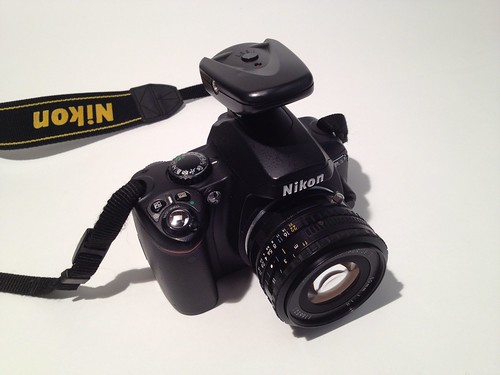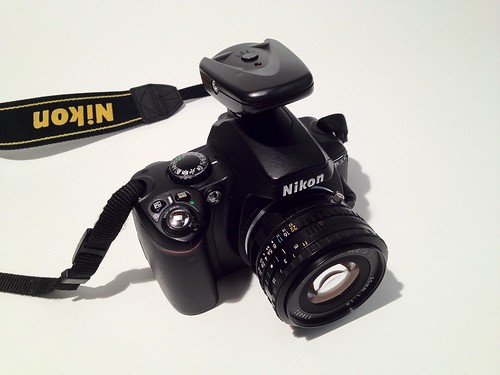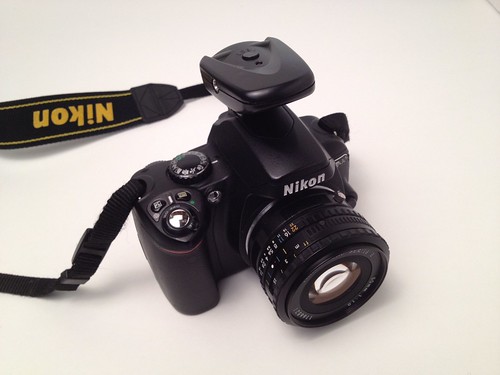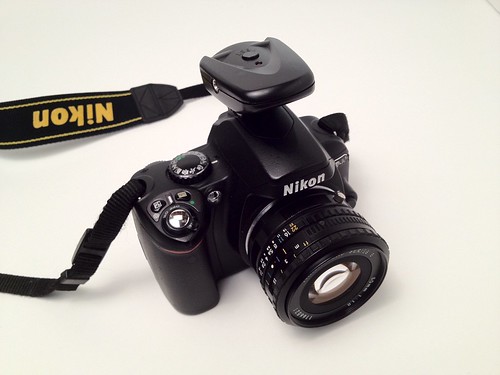I’ve been meaning to do some iPhone 4S camera tests for a while now, and rather than wait and wait while I come up with a scientific method, I thought I’d just do a few shots and post them here. Early and Often, right?
Each photos links to the Flickr version you can view it at various sizes. None of the photos have been retouched at all.

Normal iPhone 4S photo with direct light.

HDR iPhone 4S photo with direct light.

Normal iPhone 4S photo with soft light.

HDR iPhone 4S photo with soft light.
For each shot the iPhone was on a tripod, and an overheard light consisting of a single bulb was used. (It’s a large high wattage bulb from an old photostat machine.) For the soft light shots, I put an umbrella in front of the light. I used Apple’s default Camera app that comes on the iPhone. All were shot on the white sweep I use for all my tabletop stuff. (If you’ve seen my Flickr stream, you’ve seen plenty of shots on that sweep.)

Experimental iPhone Tripod Mount
This photo of my “Experimental iPhone Tripod Mount” was taken (handheld) with my Nikon D40. If you wanted to compare the two, the iPhone 4S is supposedly an 8 Megapixel camera, while the Nikon is a 6 Megapixel camera. Size isn’t everything of course. Well, the Nikon does have a bigger lens, so that helps quite a bit. The Nikon also shoots in RAW, and yes, this shot has been edited quite a bit, but hey, that’s what I do with RAW photos. (And I mainly took this shot to show the set-up I used.)
When I get ambitious again, I’ll set up two tripods, one with the iPhone, and one with the Nikon, and do duplicate shots of various objects. Until then, enjoy these… I’m off to work on my Experimental iPhone Tripod Mount Version 2.0






 I first heard of
I first heard of 








